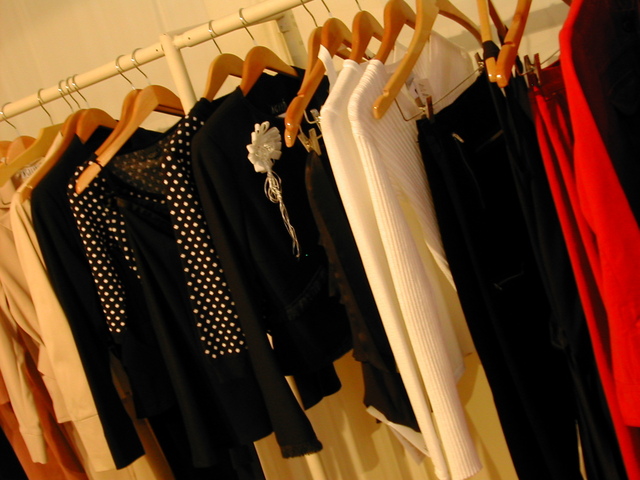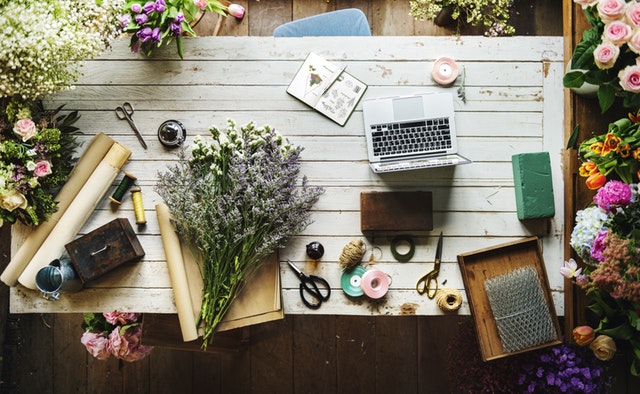How To Behave During A Funeral Ceremony

This article provides a brief overview of the funeral ceremony and its various components. The general rule is that family and friends of the deceased are expected to attend the funeral, although this is not always possible. If you are close to the family, it is customary to visit them prior to or during the service. When attending a funeral, it is important to remember the occasion and act accordingly. It is best to arrive at the funeral home, church, or other suitable location where the service is taking place before the procession begins. If there is a casket present, wait until after the casket ceremony to approach and pay your respects. During this time it is appropriate for chosen family members to take part in the events leading up to the burial ceremony or public memorial service.
It is important to remember the life of the deceased, and pay your respects while attending the funeral ceremony. Family and friends who were invited by the family should gather around the body or funeral urn. This is an opportunity for all invited members to reflect, discuss, and remember all that was accomplished during their time in this world. It is a solemn event, yet it provides an opportunity for everyone to come together and celebrate life in memory of the deceased.
When attending a funeral, family members should be especially mindful of their behaviour. Upon learning of the death, family members should visit the family of the deceased to pay their respects. Friends and extended family members are also welcome to attend, however it is important to remember that this is a time for the immediate family and their closest friends. One family member should be present at all times to ensure that all loved ones are comforted during this difficult time.
Attending a funeral is not just a private event, it is also an opportunity to show your support for the grieving family. It is important to remember that attending a funeral is not about you. It should be done in respect for the deceased person and their family. Make sure to dress appropriately and be aware of your body language. Avoid conversations that may make others uncomfortable and remain respectful throughout the events. Showing up early and staying until the end are good ways to make your presence known without speaking out loud.

A funeral is an emotional time for all involved, so it’s important to be respectful and courteous. You can thank the family for allowing you to attend and share your condolences by sending flowers or a card. If you write a note with the flowers, make sure to keep it brief and sincere. When attending a funeral or visitation, it’s important to remember that you’re there to support the family who are grieving the loss of their loved one. If you don’t know anyone in the family, introduce yourself and offer your help in any way possible—even if just listening is enough. It’s also nice to reach out after the service has ended by sending a card or note expressing your sympathy and offering any assistance if needed.
During a funeral ceremony, it’s important to gather family members and share fond memories of the members’ loved ones. Sharing stories and memories of happier times is a great way to show respect for the deceased. Everyone can also share their condolences with each other in order to remember the loved one that has passed away. Often, there will be a separate room set aside for family members to spend time together prior to or after the service.
During the funeral service, it is important to stay focused on the ceremony and remember the life of the deceased person. It is important that family members sit in the first few rows and guests should place themselves in the back. Guests should arrive at least 15 minutes before the service begins. This allows time for family members to enter and be seated without disruption. Funerals are a way of sharing memories of a deceased person with family, friends, and other members of the church community.
During the funeral service, family and friends should be respectful and pay their respects to the deceased and their family. After the funeral procession, burial or cremation, it is common for friends and family to gather for a wake or visitation. At this time, it is an opportunity for loved ones to say goodbye one last time and take one last look at the person they are saying goodbye to. On the day of the funeral it is important to pay respects to both the deceased’s family as well as their friends who have come out in support of them.
Funeral visitations are generally held before the actual memorial services and are a time for family and friends to gather to honour the deceased. The funeral home will often provide seating for immediate family, and those close to them, near the front of the room. Following this, other guests may be invited to sit further back in the room. It is important to hold family members in high regard during this time and not take up any of their seats. The procession then follows with friends and extended family walking behind the lead procession of immediate family members. After this, religious services may be held at a traditional place of worship or at a crematorium if that is requested by the deceased’s family.
When attending a funeral service, it is important to pay your respects. Whether you are close friends or family, or just an acquaintance of the deceased, it is essential to attend the service and show respect.






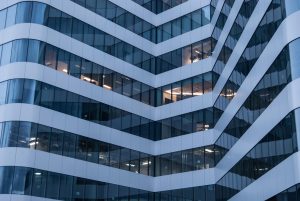
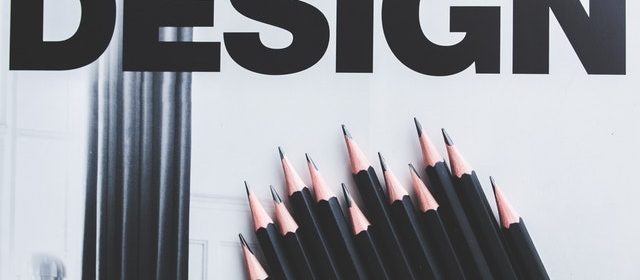


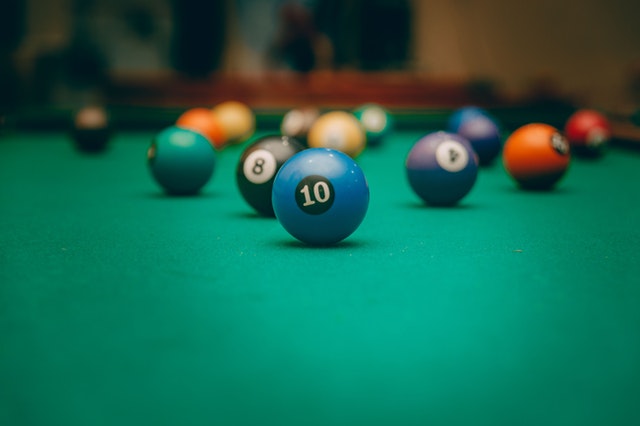

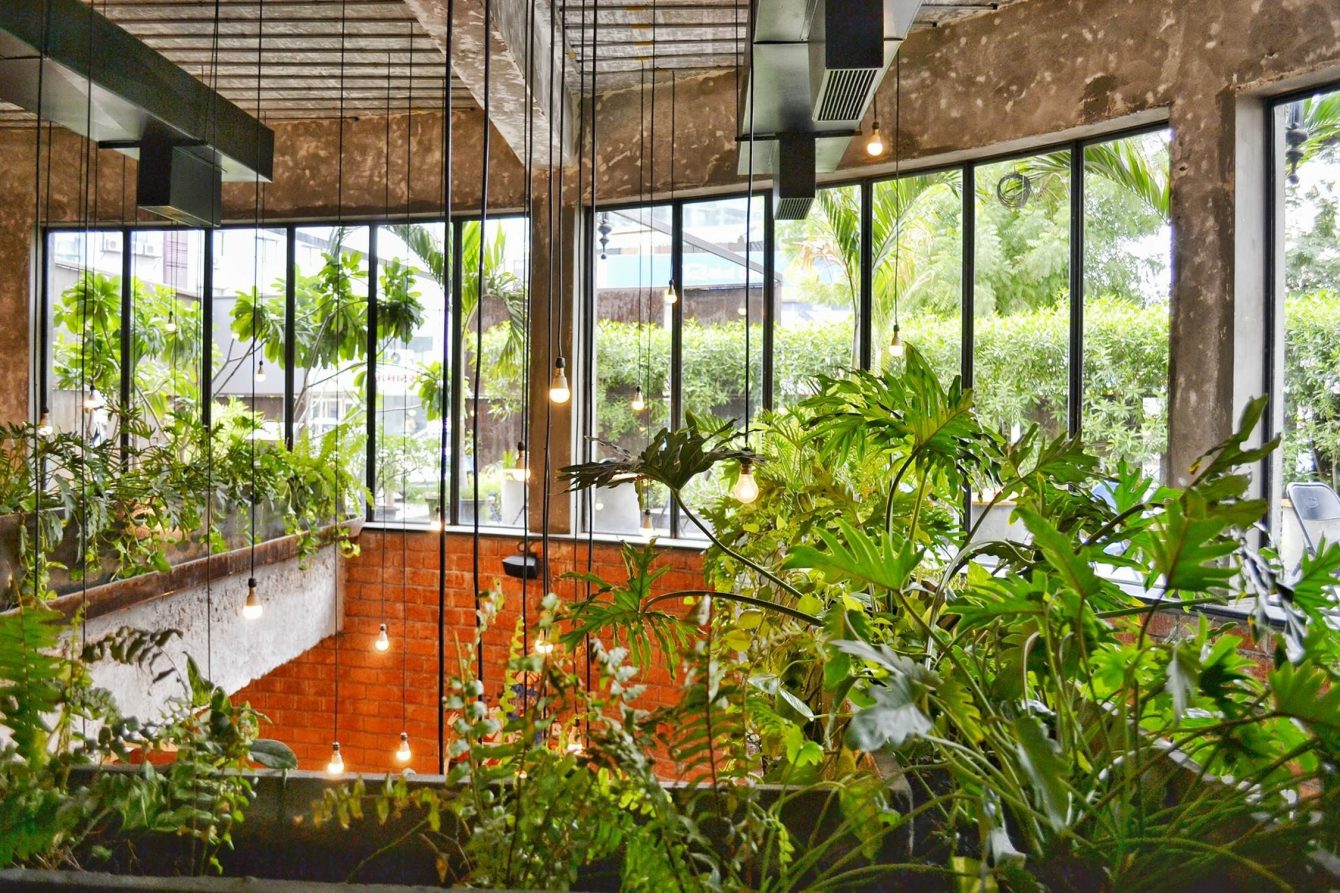
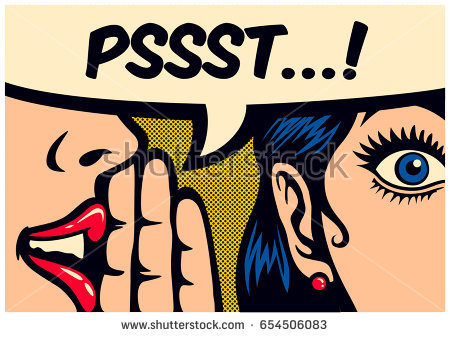 Splashes of the rainbow in a painting can change the atmosphere of a meeting room, or a bit of fantastic artwork can offer a talking point in a flat corporate space. But can art have a direct effect on employee productivity or well-being?
Splashes of the rainbow in a painting can change the atmosphere of a meeting room, or a bit of fantastic artwork can offer a talking point in a flat corporate space. But can art have a direct effect on employee productivity or well-being?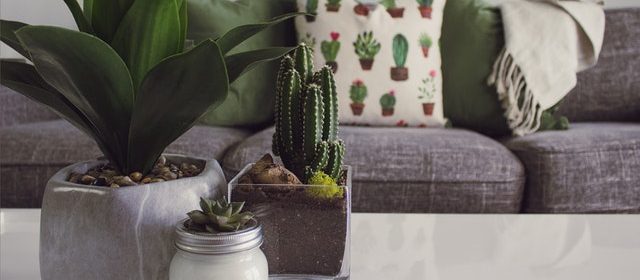
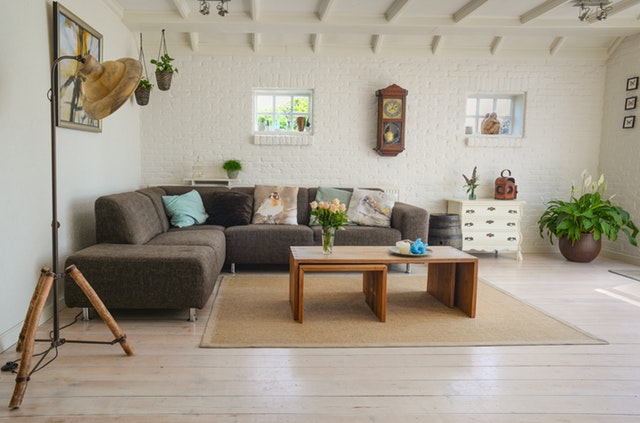
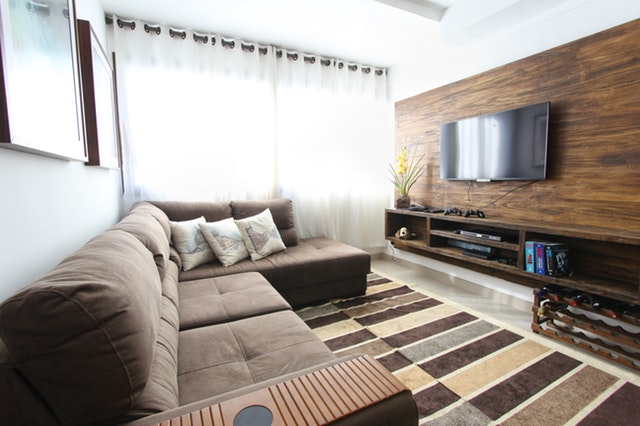
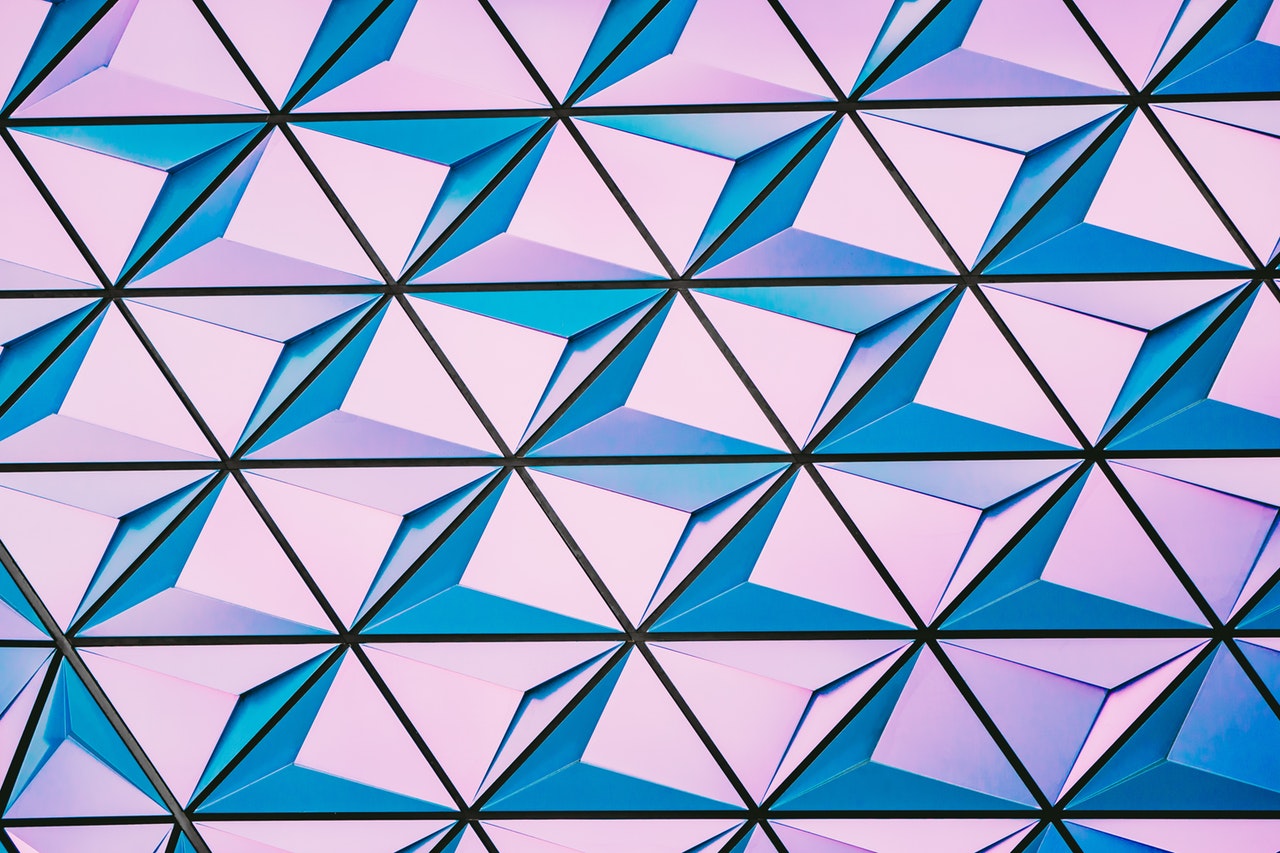

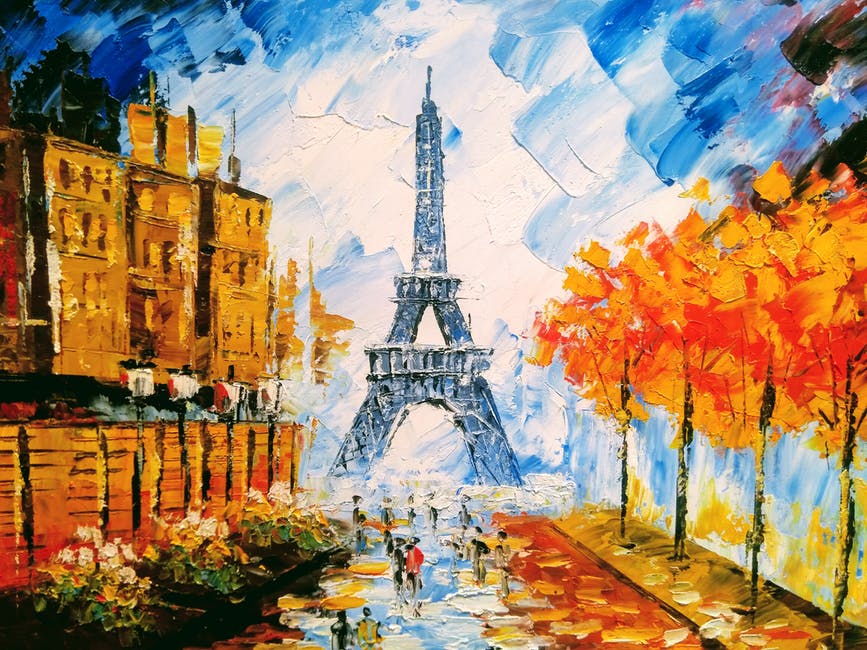
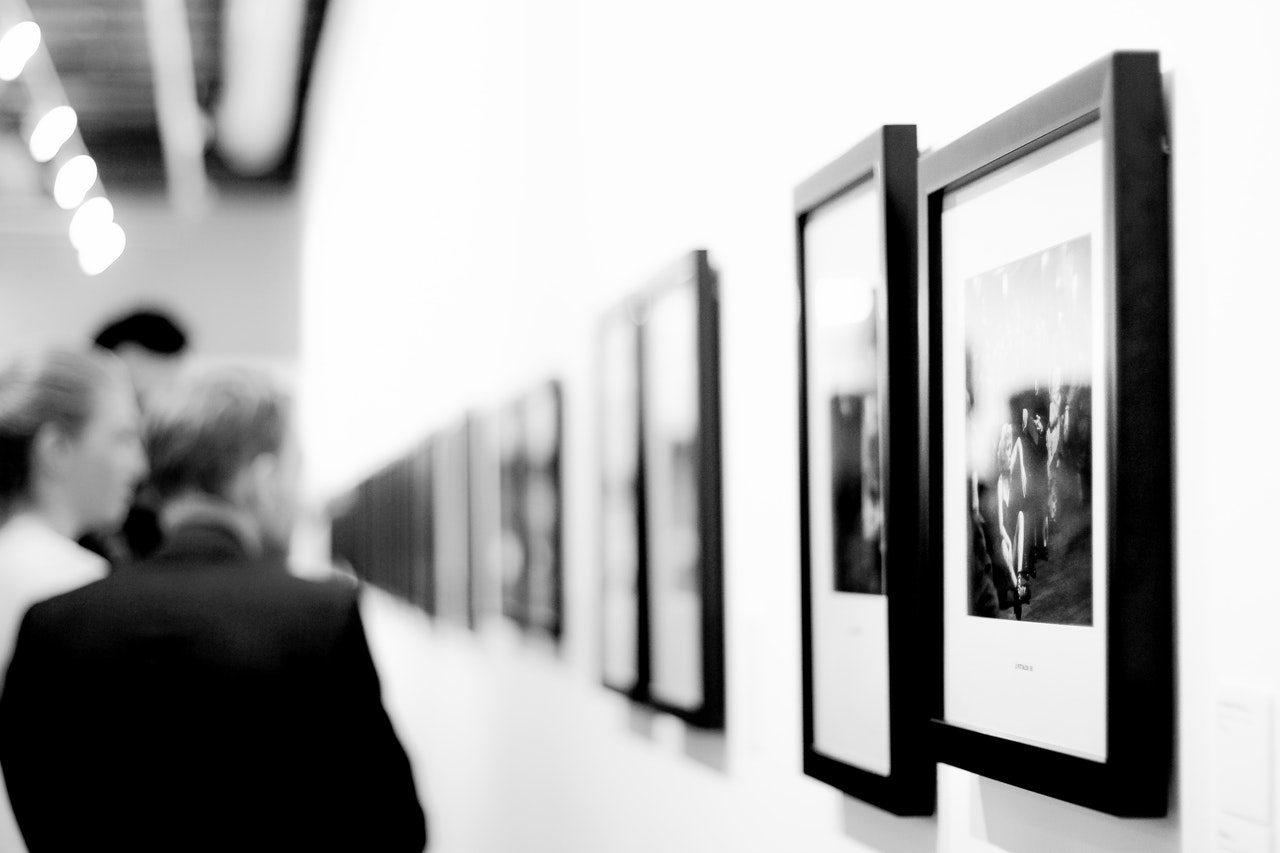 TarraWarra Estate
TarraWarra Estate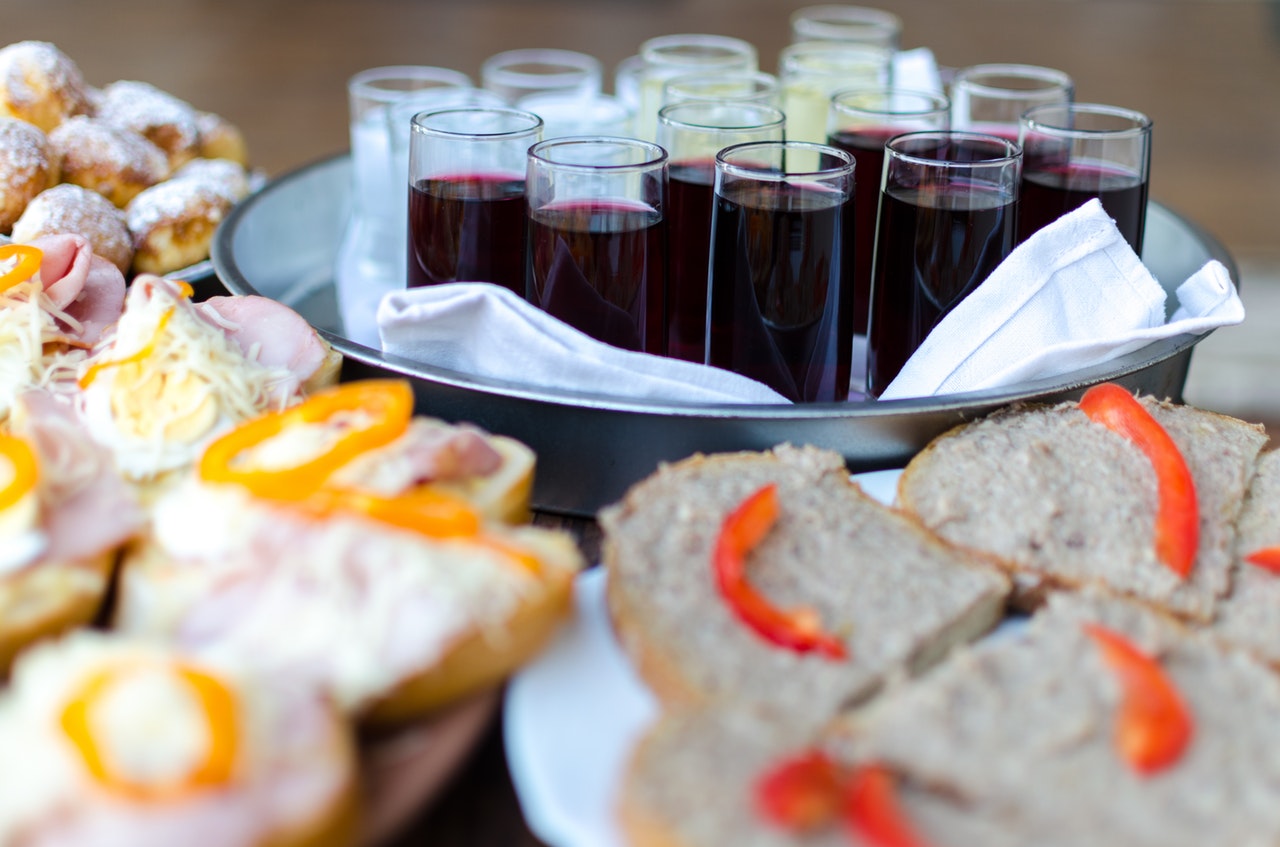 The Entertainment
The Entertainment

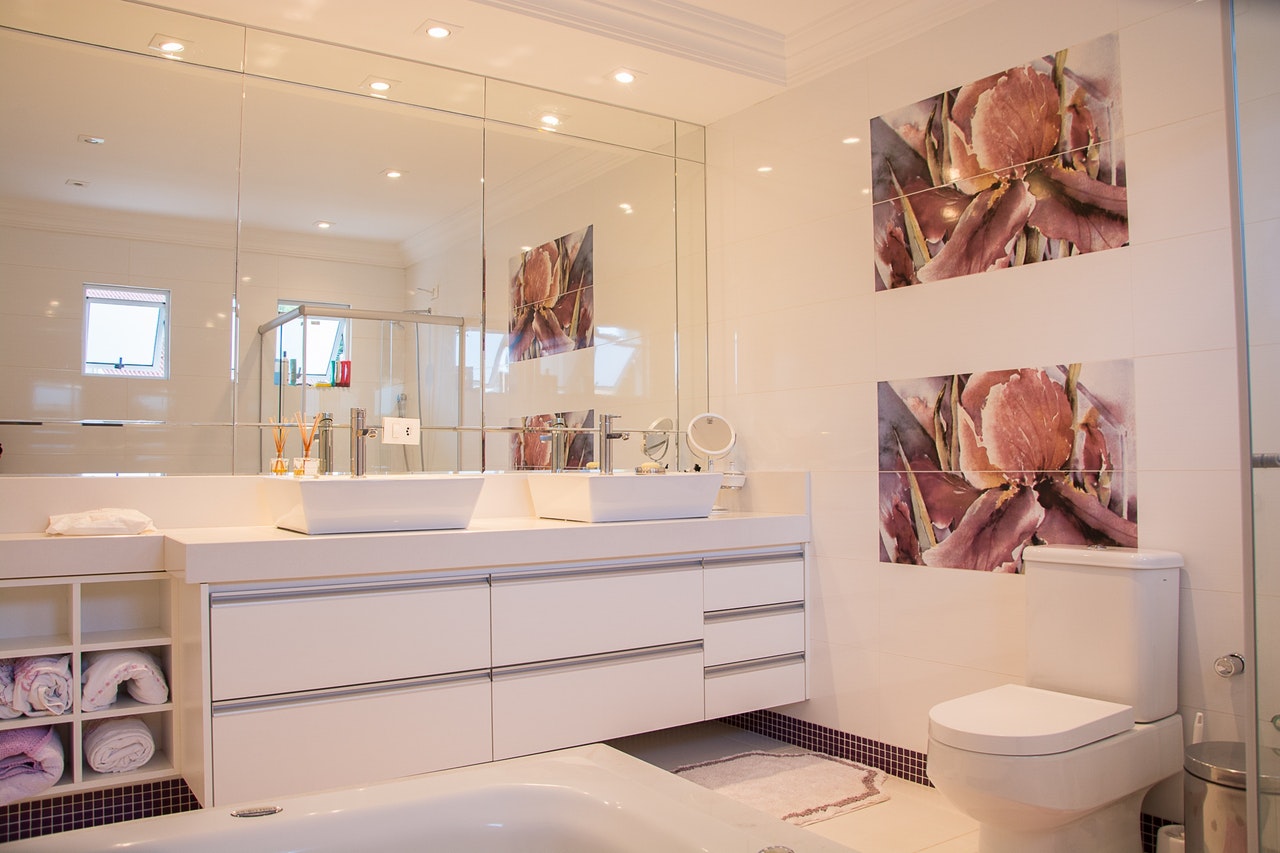 However, the New York-based
However, the New York-based 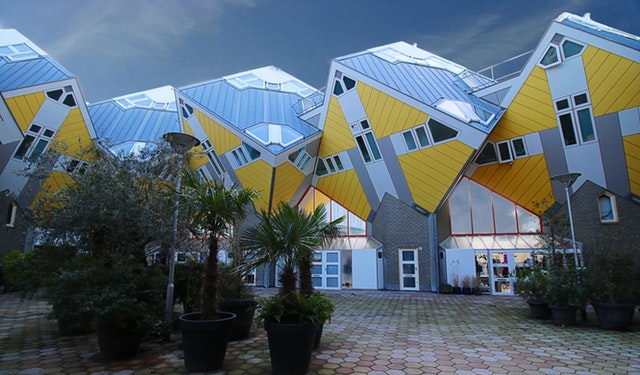
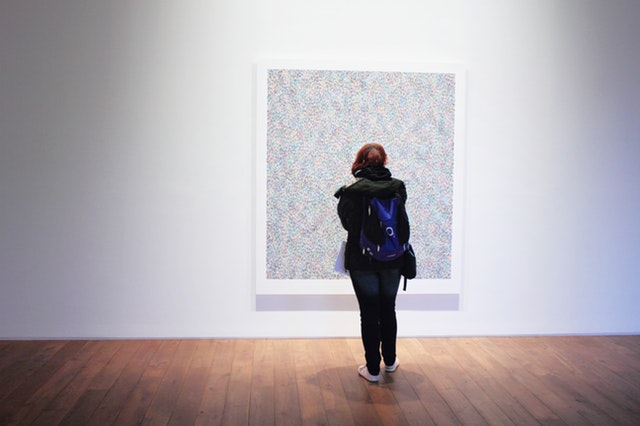 Museums are looking the best they have ever had, thanks to the way technology is revolutionizing the use of art. According to the
Museums are looking the best they have ever had, thanks to the way technology is revolutionizing the use of art. According to the 